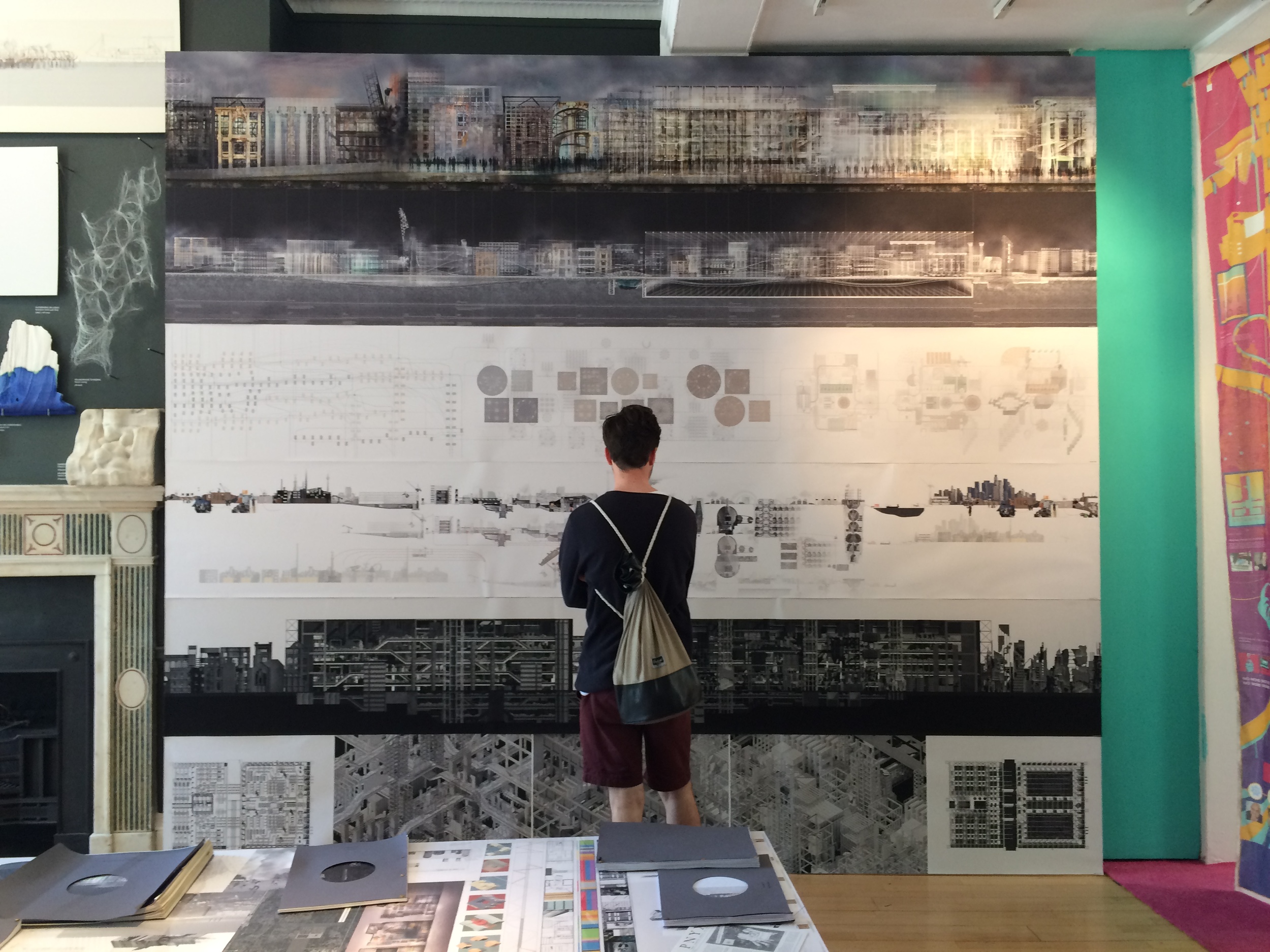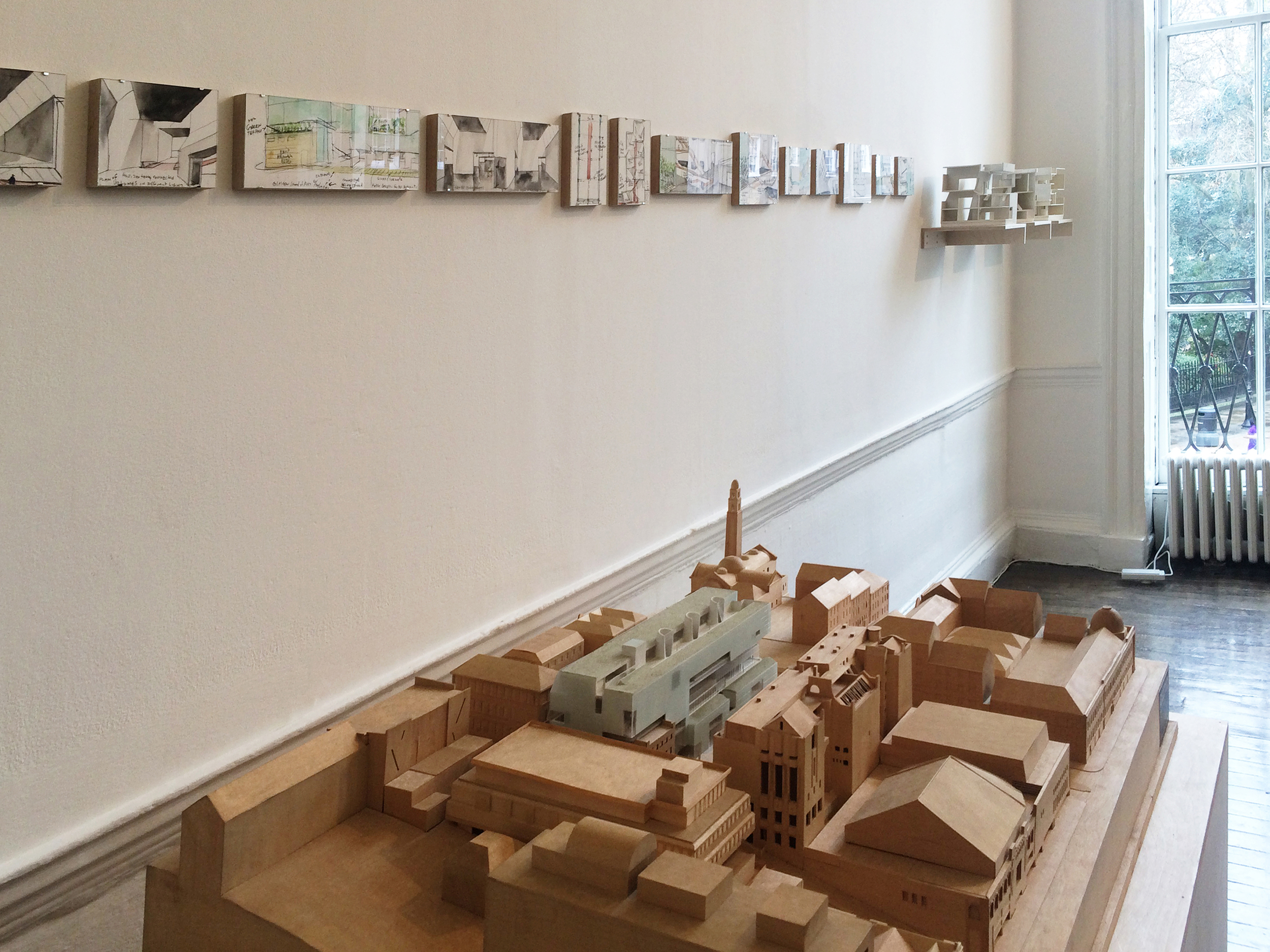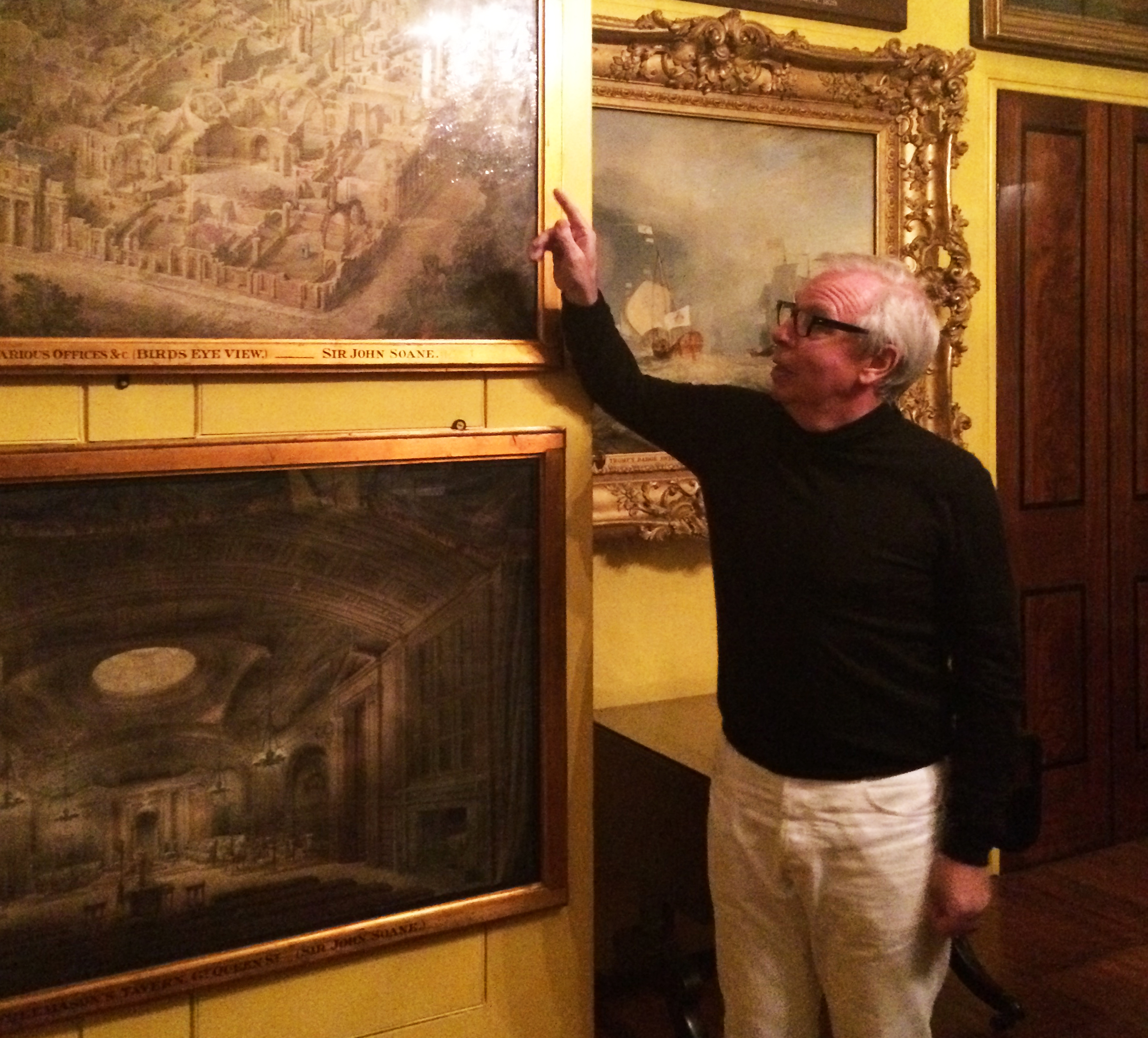What are Comics? What does this art tell us about reality and abstraction? Can abstraction as a process of reduction become a medium for reproducing complexity?
McCloud defines Comics as “juxtaposed pictorial and other images in deliberate sequence, intended to convey information and/or to produce an aesthetic response in the viewer”. In his “Big Triangle” theory, he further explains Comics as an art of abstraction by setting the triangle’s three points as reality, meaning (language) and the picture place. Whereas the reality-meaning axis illustrates iconic abstraction, the reality-picture plane axis illustrates geometric abstraction. All kinds of art from classical to modern can be located on his triangular map.
The more abstract the Comics’ language is, the harder it becomes to imagine and understand its message, and this is when text becomes essential for clarification.
In his early writings back in 1994, Cecil Balmond writes a small text entitled “Aristotle revisited”, in which he abstracts Aristotle’s four elements of nature (Air, Fire, Earth and Water) and gives them geometric symbols. In his world of abstraction, Balmond uses numbers, and looks for patterns to rethink and reproduce complexity. Thus, the abstract has structure, and once you look deep enough, you can discover its infinite potential as a medium for production.


















































